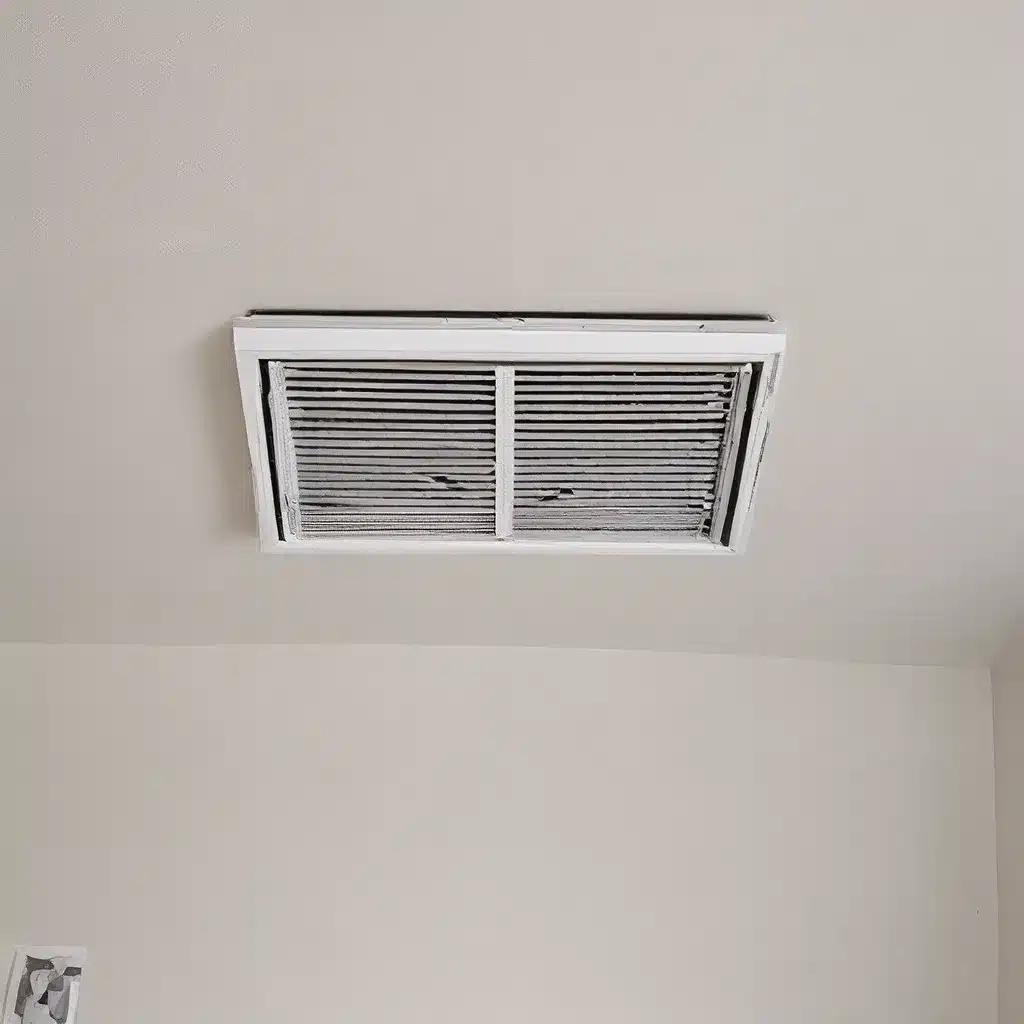
Ah, the great indoors – our cozy sanctuary where we escape the elements and enjoy the comforts of home. But you know what they say, “the air in here ain’t what it used to be.” Okay, maybe no one actually says that, but the truth is, indoor air quality can be a real sneaky little bugger. And let’s face it, who wants to be breathing in a potpourri of dust, chemicals, and who knows what else?
Well, my fellow homeowners, fear not! Today, we’re going to dive deep into the world of home ventilation and uncover the secrets to improving air flow and indoor air quality. Trust me, it’s going to be a wild ride, but by the end of this article, you’ll be a veritable ventilation expert, ready to transform your home into a sanctuary of fresh, clean air.
The Importance of Proper Ventilation
First things first, let’s talk about why ventilation is so darn important. Imagine your home as a giant, well-sealed box – the air inside just kind of sits there, stagnant and stale, like a teenager’s bedroom. Without proper ventilation, all sorts of nasty pollutants can build up, from dust and pet dander to volatile organic compounds (VOCs) from household cleaners and paints. According to the EPA, these pollutants can lead to a whole host of health issues, from respiratory problems to allergies and even headaches.
But it’s not all doom and gloom, my friends. By optimizing your home’s ventilation, you can take a giant leap towards a healthier indoor environment. Proper air circulation helps to dilute and remove those pesky pollutants, keeping the air fresh and invigorating. And let’s not forget about the temperature regulation benefits – with good ventilation, you can say goodbye to stuffy, stagnant air and hello to a perfectly climate-controlled oasis.
Strategies for Improving Air Flow
Alright, now that we’ve established the importance of ventilation, let’s dive into the fun part – how to actually improve air flow in your home. First and foremost, let’s talk about the power of open windows. According to the experts at Spring Hills, opening windows and doors on opposite sides of a room can create a cross-breeze, facilitating better air circulation.
But wait, there’s more! Another nifty trick is to strategically position fans around your home. Ceiling fans, stand-alone fans, and even simple desk fans can work wonders in getting that air moving. The CDC suggests placing fans near windows or doors to help draw in fresh air and expel the stale stuff.
And let’s not forget about those magical mechanical systems – your trusty HVAC (Heating, Ventilation, and Air Conditioning) unit. While most standard HVAC systems don’t actually bring in fresh outdoor air, you can enhance their air-moving capabilities by making a few tweaks. For example, the EPA recommends using high-efficiency particulate air (HEPA) filters, which can trap a vast majority of those pesky pollutants.
Addressing Specific Problem Areas
Now, let’s get a bit more targeted. Different areas of your home may have unique ventilation challenges, so it’s important to address them accordingly. For instance, in the bedroom, you’ll want to ensure there’s ample airflow to prevent stagnant, stuffy air. The experts at Spring Hills suggest strategically positioning furniture and avoiding large, bulky pieces that could obstruct the natural airflow.
Moving on to the living room, this central gathering space needs to be a well-ventilated oasis. The Spring Hills team recommends aligning your furniture layout with the natural airflow patterns in the room, ensuring a steady circulation of fresh air.
And let’s not forget about those moisture-prone areas, the kitchen, and the bathroom. According to Spring Hills, exhaust fans that vent to the outdoors are crucial in these spaces, helping to remove stale air and prevent the buildup of odors, humidity, and potential mold and mildew.
Maintaining a Healthy Indoor Environment
Alright, we’ve covered the strategies for improving air flow, but the work doesn’t stop there. To keep your home’s indoor air quality at its best, regular maintenance is key. The Spring Hills team emphasizes the importance of a consistent cleaning routine, which helps to reduce the accumulation of dust, allergens, and other pollutants that can hinder air circulation.
But it’s not just about scrubbing and dusting – controlling humidity levels is also crucial. Spring Hills advises maintaining a balanced humidity level, as excess moisture can promote the growth of mold and mildew, while low humidity can lead to dryness and discomfort.
And last but not least, let’s talk about the power of filtration. Incorporating high-quality air filters and purifiers into your home’s ventilation system can be a game-changer. According to the EPA, these devices can help capture and remove a wide range of airborne pollutants, ensuring that the air you and your family breathe is as clean and healthy as possible.
Putting It All Together
Phew, that was a lot of information to unpack, but I hope you’re as excited as I am about the prospect of optimizing your home’s ventilation. Remember, improving air flow and indoor air quality isn’t just about fancy gadgets and technical jargon – it’s about creating a healthier, more comfortable living environment for you and your loved ones.
So, what are you waiting for? Grab a screwdriver, a few fans, and maybe even a snazzy new air filter, and let’s get to work! Head over to Reading General Contractor to explore more resources and services to help you achieve the perfect indoor air oasis.
Related posts:
No related posts.




